The Eureka science show recently featured one of the leaders of the Transhumanist movement which believes humans will transcend disease and delay mortality indefinitely.
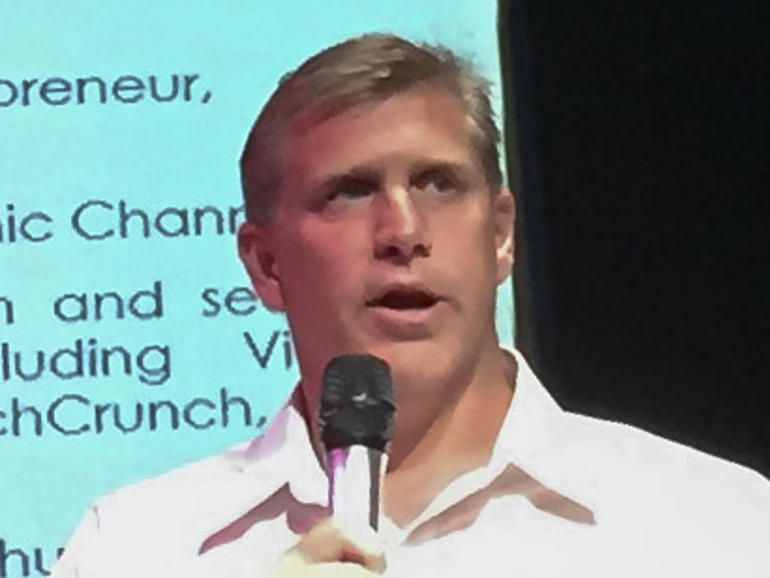

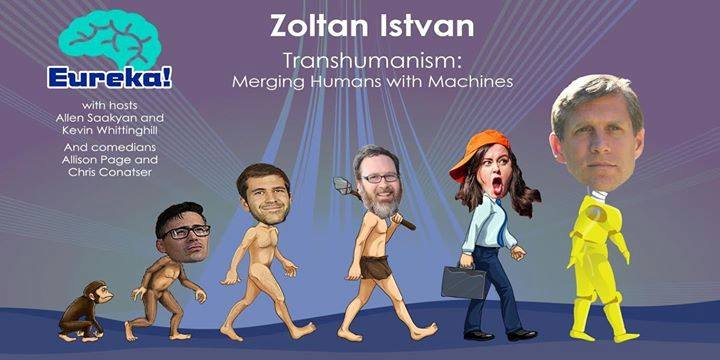
My #transhumanism work and California Gov run will be featured. Come laugh, learn, and have a good time. It starts at 7:30PM with happy hour before, which I should be at a bit too. https://www.eventbrite.com/e/eureka-tickets-35947613279
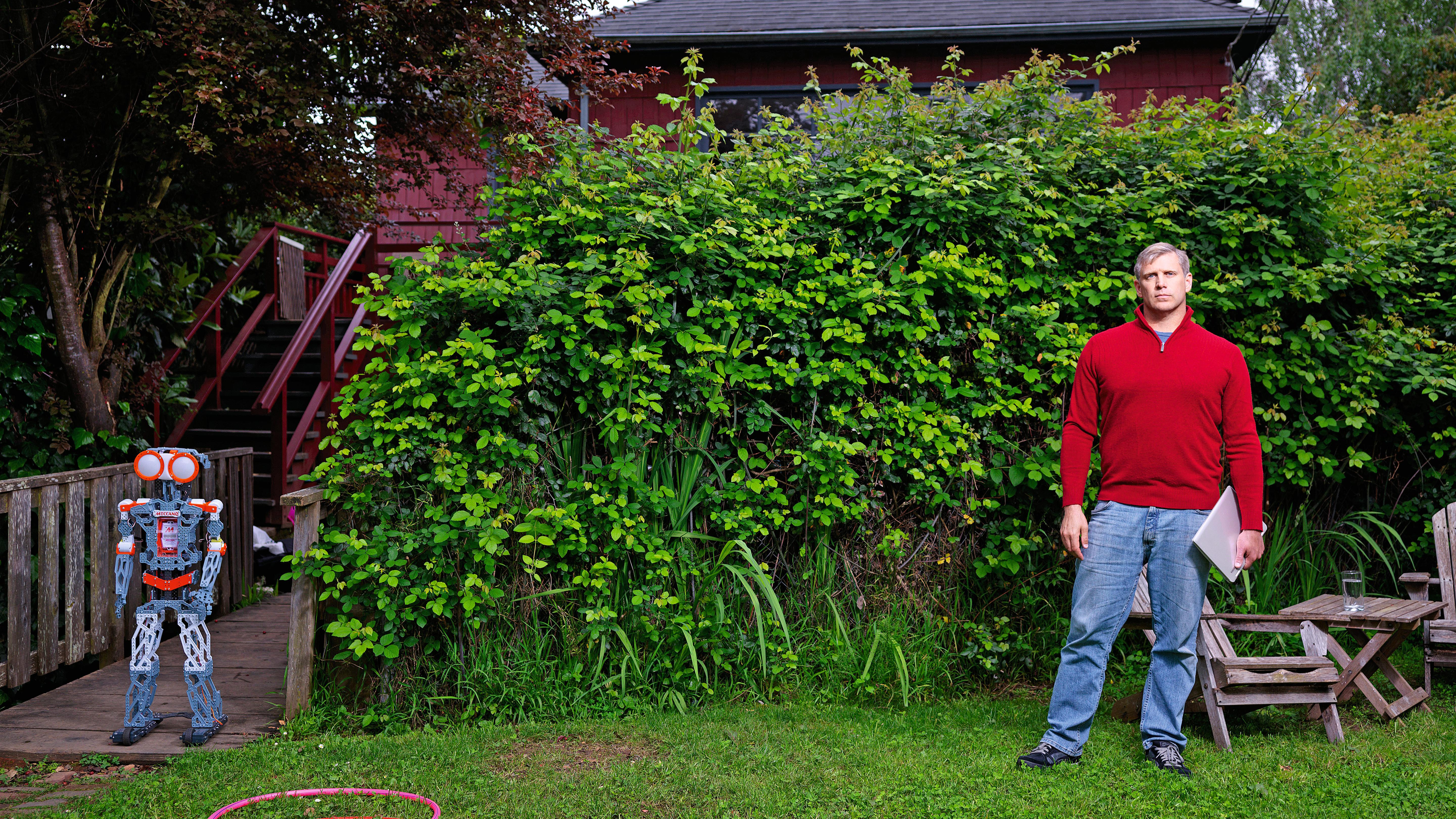
I’m really excited to announce a 5-page feature spread on my #transhumanism work and Libertarian Governor campaign in today’s Times of London Magazine, one of England’s oldest and largest papers. There’s a paywall for digital but I think you can get two articles free without registering. If you have access to the print, it’s in the magazine:
Zoltan Istvan is launching his campaign to become Libertarian governor of California with two signature policies. First, he’ll eliminate poverty with a universal basic income that will guarantee $5,000 (£3,800) per month for every Californian household for ever. (He’ll do this without raising taxes a dime, he promises.) The next item in his in-tray is eliminating death. He intends to divert trillions of dollars into life-extending technologies – robotic hearts, artificial exoskeletons, genetic editing, bionic limbs and so on – in the hope that each Californian man, woman and AI (artificial intelligence) will eventually be able to upload their consciousness to the Cloud and experience digital eternity.
“What we can experience as a human being is going to be dramatically different within two decades,” he…

If you’re at FreedomFest today, please come to the 2:30PM panel on AI I’m on (Vendome C). I’ll be partially discussing my Federal Land Dividend (#Libertarian #basicincome plan).Great line-up of panelists: Michael Shermer, Peter Voss, Edward Hudgins, Gennady Stolyarov, & Eric Shuss.
Of speaker https://freedomfest2017.sched.com/event/AzET/eric-shuss-ed-h…ee-markets #transhumanism
View more about this event at FreedomFest 2017.

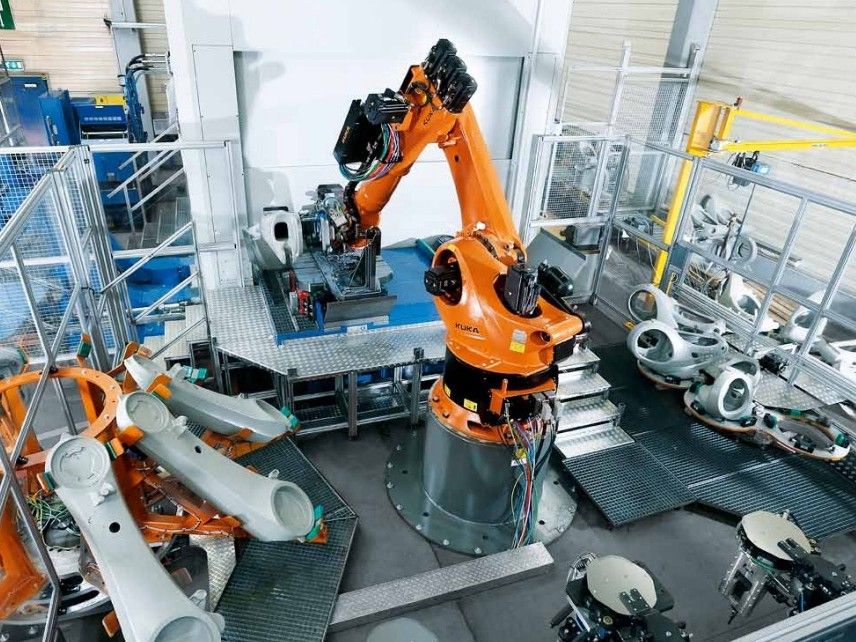
My work is featured in Reason today via a review on book Radicals, which opens with a controversial chapter on my transhumanist presidential run: http://reason.com/blog/2017/07/12/theres-no-harm-in-fantasizing-about-a-be #transhumanism
In Radicals Chasing Utopia, transhumanist enthusiasm gets a bad rap.
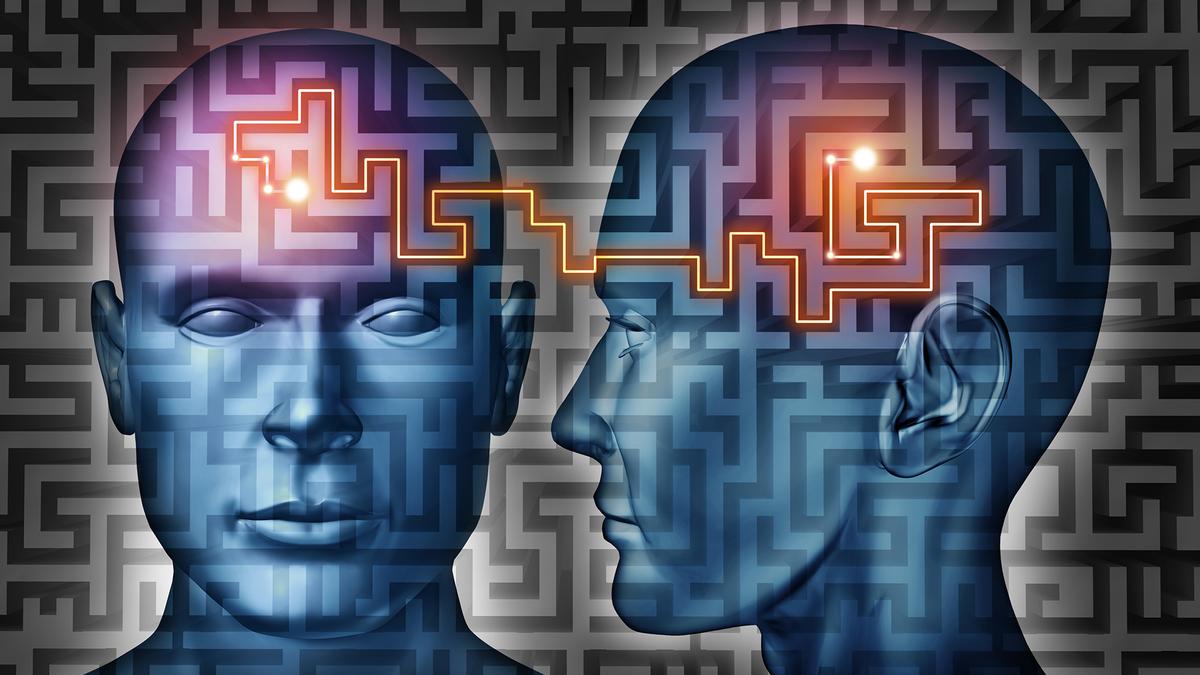
My new article from Vice Motherboard on liberty and privacy. This is one of my most ambitious philosophical works yet: https://motherboard.vice.com/en_us/article/bjx5y5/liberty-mi…th-privacy #Libertarian
If tech is surveilling us constantly, we need the ability to use it to watch the watchers.
Zoltan Istvan is a futurist, transhumanist, author of The Transhumanist Wager, and a Libertarian candidate for California Governor.
The constant onslaught of new technology is making our lives more public and trackable than ever, which understandably scares a lot of people. Part of the dilemma is how we interpret the right to privacy using centuries-old ideals handed down to us by our forbearers. I think the 21st century idea of privacy—like so many other taken-for-granted concepts—may need a revamp.
When James Madison wrote the Fourth Amendment—which helped legally establish US privacy ideals and protection from unreasonable search and seizure—he surely wasn’t imagining Elon Musk’s neural lace, artificial intelligence, the internet, or virtual reality. Madison wanted to make sure government couldn’t antagonize its citizens and overstep its governmental authority, as monarchies and the Church had done for centuries in Europe.

It’s amazing how fast science and emerging technologies are moving but most people seem to not care and want to break their emotional trance on trivial, emotional laden, propaganda filled news and views. Even though, this new science and emerging technology will have a profound effect on their lives and the lives of their children.
Human Extinction and using technological singularity and transhumanism to back up human consciousness to save and evolve the human race.
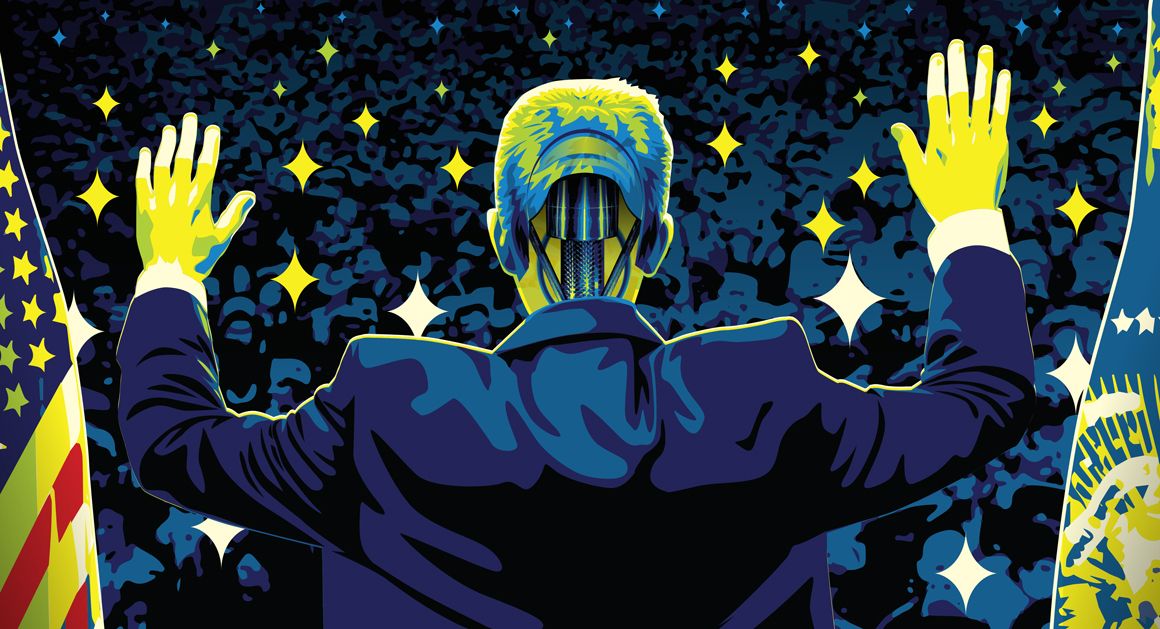
Great story in Politico Magazine on #transhumanism and a future AI President. My direct digital democracy ideas and others are mentioned: “Istvan, for one, envisions regular national elections, in which voters would decide on the robot’s priorities and how it should come out on moral issues like abortion; the voters would then have a chance in the next election to change those choices. The initial programming of the system would no doubt be controversial, and the programmers would probably need to be elected, too. All of this would require amending the Constitution, Istvan acknowledges.”
Yes, it sounds nuts. But some techno-optimists really believe a computer could make better decisions for the country—without the drama and shortsightedness we accept from our human leaders.
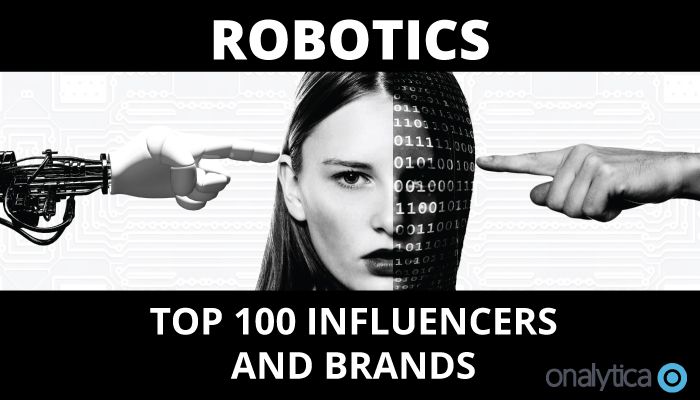
A fun list to check out on people influencing the global discussion on robots: http://www.onalytica.com/blog/posts/robotics-top-100-influencers-brands/ #transhumanism
A list of the top 100 robotics influencers & brands driving the most engagement in 2016, including quotes from the experts!